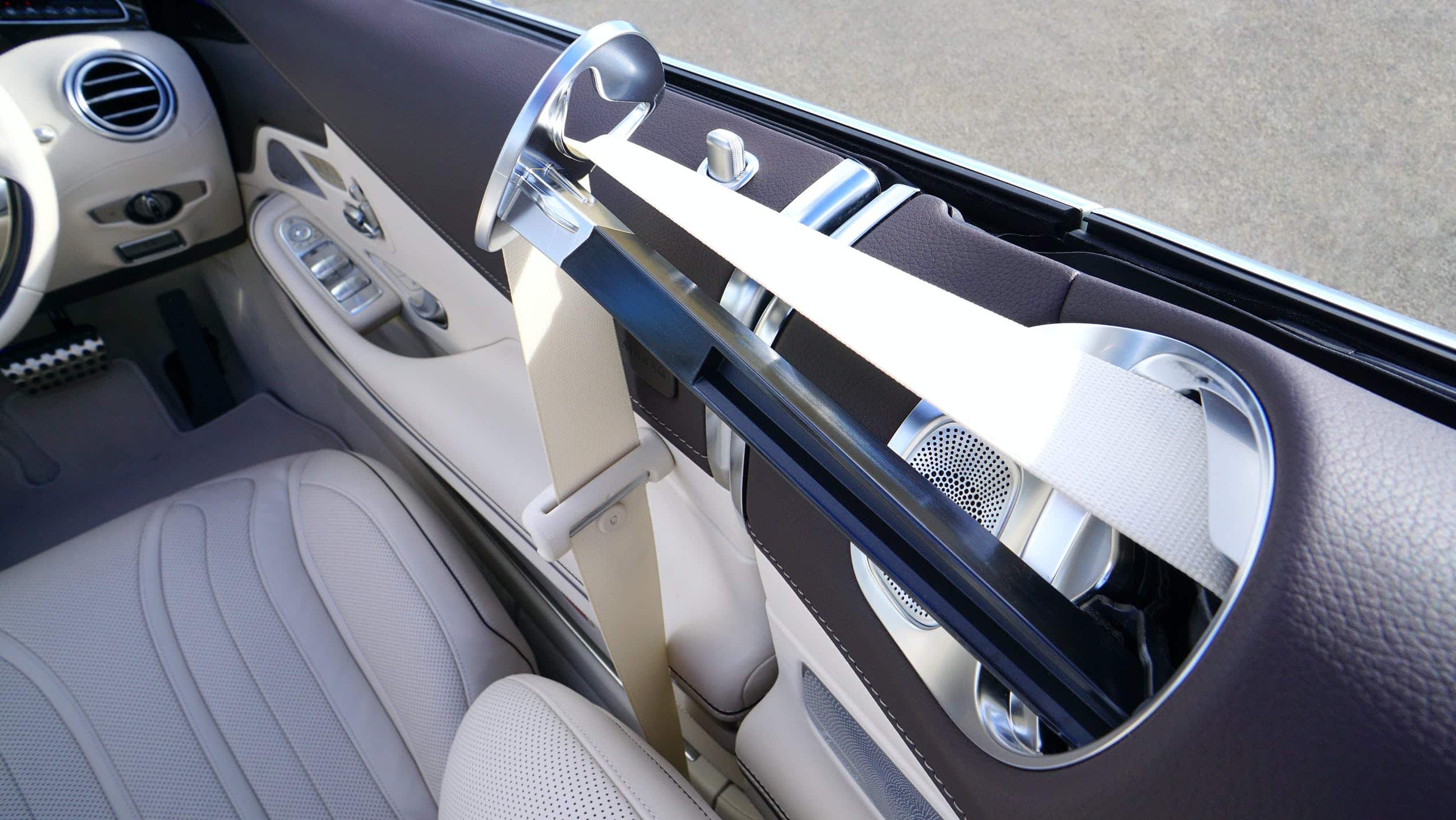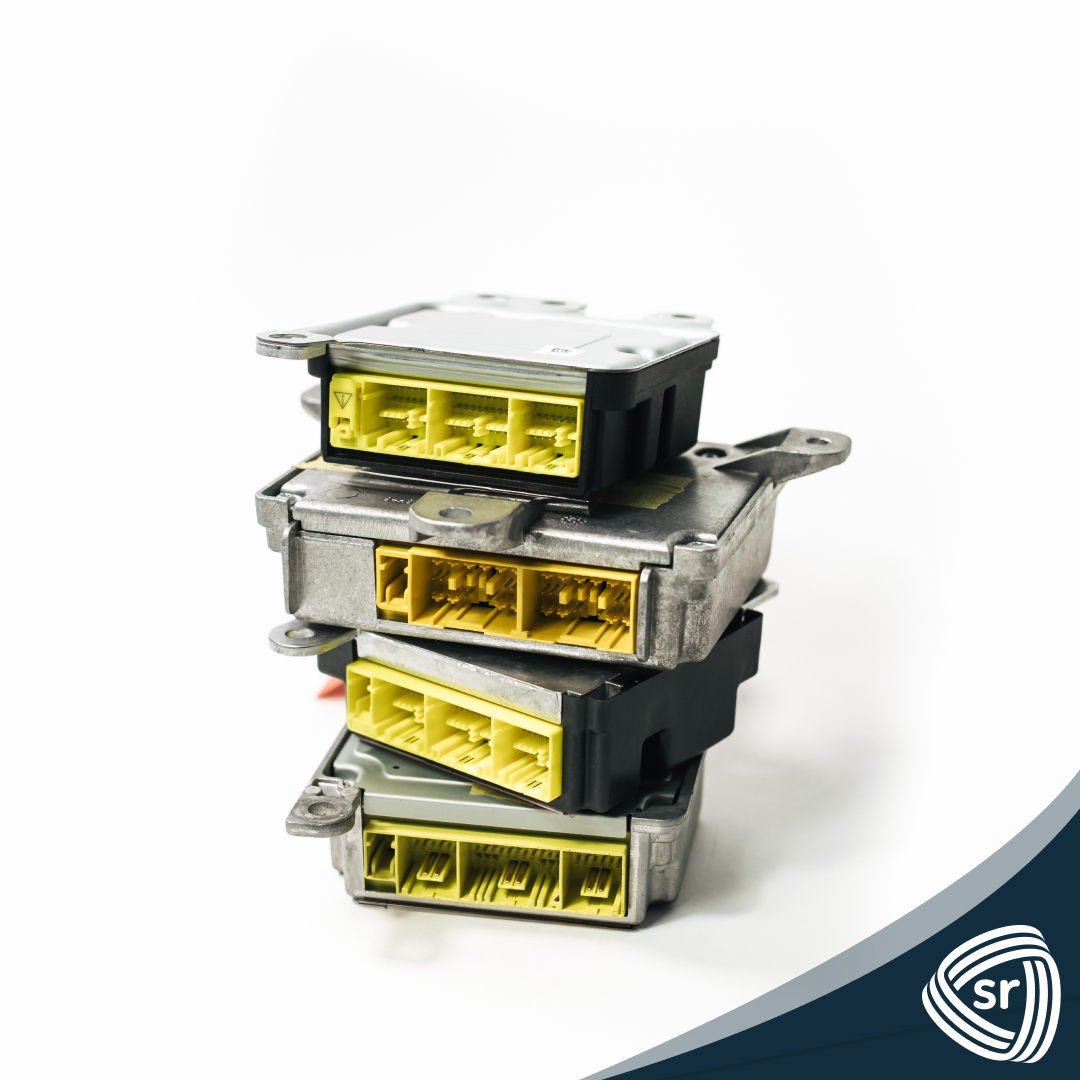Keeping your seat belts and airbags working correctly is vital if you want to keep yourself and your loved ones safe while on the road. These two safety elements are crucial for automotive protection and can do wonders in preventing and minimizing the effects of injuries in case you encounter an accident.
However, a problem occurs if the driver or passenger fails to use them properly and consistently. If you want to avoid personal injury and the risk of fatalities, you should make sure you have seatbelts and airbags that work well.
But how do you know if they are in the best state? Keep on reading to find out.
Seat Belts Are a Single-Use Item
If you consult resources provided by the National Highway Traffic Safety Administration (NHTSA), seat belts are defined as single-use items. This means that your seat belt can only protect you from a car crash or accident for just one occurrence. Once your seat belt is immobilized to protect the driver and passenger, it won’t be able to give you support if you encounter another accident.
How Seat Belts Work
The first seat belts were introduced for vehicle safety in the 1800s, and they have since evolved into something very technologically advanced. Though they were once optional additions to vehicles, they are now a standard for all manufactured cars. Plus, seat belt designs have been updated to be a more effective layer of protection and security for everyone inside the vehicle.
Nowadays, seat belts are installed with pretensioners, which are safety devices that will rewind the slack on the seat belt. Pretensioners will tighten on the mechanism to push down onto the seat so that the driver and passengers won’t move too far forward at the moment of impact.
Additionally, seat belts are now activated automatically based on the deceleration of the vehicle. Newer models are even built with locking retractors that limit passenger movement at the onset of a crash. When a vehicle decelerates too sharply, the retractors will stop the seat belt from moving off the reel.
Replacing Seat Belts after a Car Accident
Seat belts are incredibly important for safety, and it’s crucial to replace those affected by a car accident. Because they are only meant to work once, a replacement will ensure that you and your family will have the same protection you did when you previously got into an accident.
For best results, you should change all of the seat belts in the vehicle, even the ones that weren’t triggered in the crash. After all, you can’t expect frayed seat belts to work like they’re brand new, so it’s best to send them in for seat belt replacement services. You should also consider changing seat belts that are more than ten years old, regardless of how good the vehicle’s condition is, even if you have never been in an accident.
Final Thoughts
Seat belts are essential parts of a car’s safety, but you can only expect them to work well if they are in the best condition. Just one accident can mess up its efficiency, so make sure you get them replaced after a collision or after more than ten years of use.
Here at Safety Restore, we can help you with seat belt repair and seat belt webbing replacement. As the leading company for post-accident restorations, you can rest assured that your new seat belts will do the job. Check out our products and services today!


